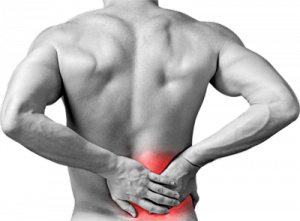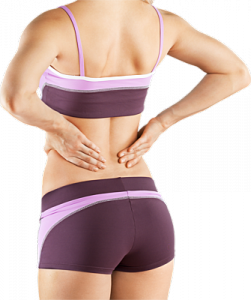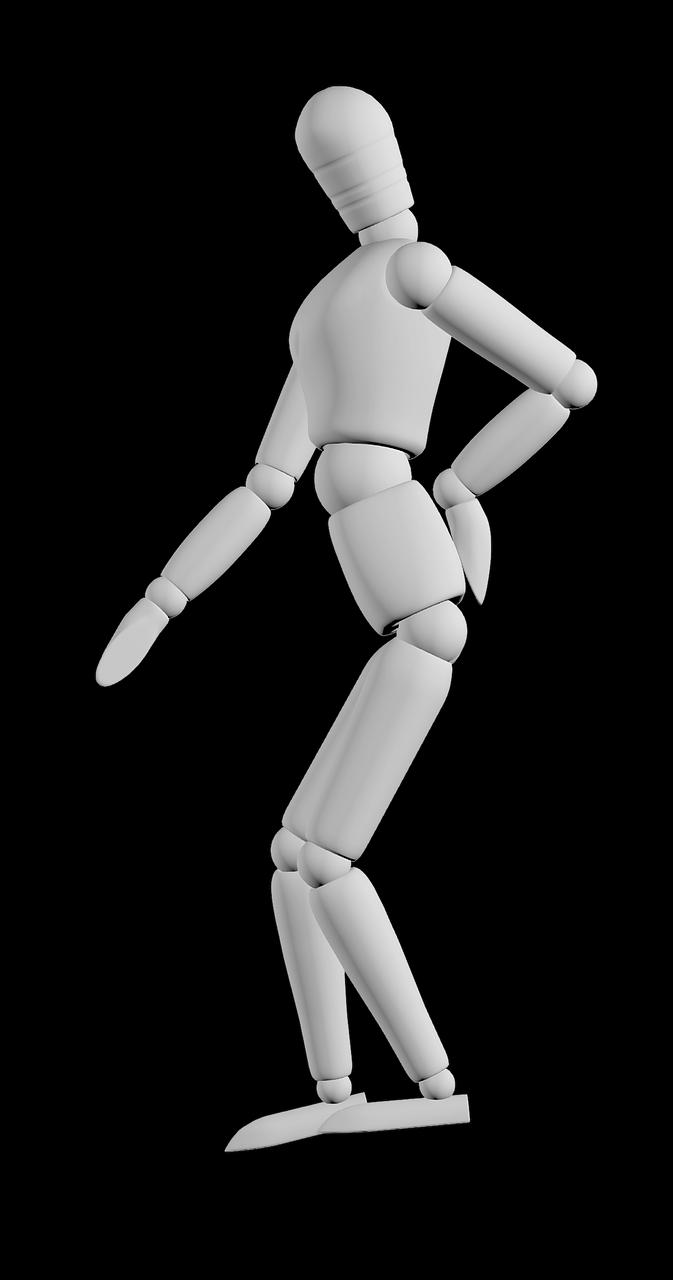We are not all naturally blessed with great posture and alignment, so here are some great posture and alignment exercises that you can start doing right away to improve on what you have.
What Causes Bad Posture?
Let’s talk about bad posture and how it creeps up on us over time. You know, those pesky habits like slouching and not sitting up straight. Turns out, these habits can wreak havoc on our muscles.
So, what causes these bad posture habits? Well, there are a few factors at play. One of them is our daily activities, especially those related to our jobs. Think about it – when we repetitively engage in certain tasks, it’s easy for bad habits to form. If you have a super stressful job, you might notice some neck and shoulder issues popping up. And for those who spend a lot of time behind the wheel, lower back problems can become a real pain in the… well, back.
Now, let’s dive into the most common types of bad posture. Ever notice someone with elevated or rounded shoulders and a head jutting forward? Yeah, not a good look. Plus, it puts a ton of stress on the spine between the top of the neck and the upper shoulders. Ouch! Another classic bad posture move is tilting the hips forward, which ends up curving the lower spine and giving us a lovely protruding tummy. Not exactly the hourglass shape we’re going for, right? This posture combo can really stress out our lower back and hip joints.
Luckily, there are some exercises we can do to improve our posture and get back on track. We’re talking about posture and alignment exercises, my friend. They focus on strengthening those weak muscles and lengthening the tight ones. It’s like a little rehab session for our poor posture.
So, next time you catch yourself slumping over or lounging in an awkward position, remember the importance of good posture. And hey, give those alignment exercises a try – your body will thank you!
To recap, the most common types of bad posture are:
- an elevated or rounded shoulders with a pushed-forward head position, which places stress on the spine between the top and base of the neck and upper shoulders.
- a forward tilting of the hips, which results in an increase in the curve of the lumbar spine, and a protruding tummy, which stresses the lower back and the hip joints.
Posture and Alignment Exercises
Exercise No. 1
This floor exercise will help you to feel your way to the correct alignment. Work slowly and carefully, and you will feel that the differences between the steps are subtle but significant.
Start this posture and alignment exercise by lying on your back with your knees bent and the soles of your feet flat on the floor parallel to each other and hip distance apart. Your feet should be quite near to your buttocks. Extend your arms along the floor so that your fingers are in line with your hips.
Breathe deeply, and as you exhale press your belly button towards your lower back and press your lower back into the floor, thus executing a pelvic tilt. Keep breathing deeply and concentrate on that long feeling in your back.
Next reach overhead with your arms, making sure to keep your lower back flat on the floor and don’t let your chest pop out. Release your lower back until it assumes a natural curve slightly away from the floor.
Press your back into the floor once again and stretch your legs along the floor until they are fully extended. All this time, you should be keeping your back as flat as possible.
Try to keep your back controlled as you pull your feet back towards your buttocks and return your arms to starting position.
Repeat the above sequence about three or four times.
Exercise No. 2
Here is an exercise for the alignment of your upper torso. These movements may seem very easy but will do wonders for your alignment.
Lie on your back once again with your knees bent and the soles of your feet on the floor as above. Place your hands on top of your hip bones, and rest your elbows on the floor next to you.
Now keep your elbows on the floor and push them further out to the side away from your body, keeping your hands on top of your hip bones (the movement will be subtle). Hold for a moment and then release and repeat. You should feel your upper back open and expand.
Next keeping your elbows on the floor and your back long, lift your shoulders towards the ceiling. Hold for a moment and then release and repeat. You should feel the back of your neck stretching and lengthening.
Next, assume the same position as above and lift your rib cage towards the ceiling, allowing your back to arch. Try to keep your hips and shoulders as still as possible while doing this. Hold the position, then release and repeat.
Exercise No. 3
Shoulder Blade Squeeze:
This simple exercise can work wonders for your upper back and shoulder muscles. Start by sitting or standing up straight and pulling your shoulder blades back and down towards your spine, as if you’re squeezing an orange between them. Hold this position for 5-10 seconds and repeat 10 times. This exercise helps counteract the forward rounding of the shoulders that often occurs when we slouch.
Exercise No. 4
Wall Angels:
Wall angels are a great exercise for improving your posture and upper body alignment.
Stand with your back against a wall and your feet about 6 inches away. Raise your arms to form a “W” shape against the wall, with your elbows bent at 90 degrees. Slowly slide your arms up and down the wall, maintaining contact at all times. Aim for 10-15 repetitions and feel the stretch in your chest and upper back muscles.
Exercise No. 5
Plank Pose:
Besides being great for strengthening your core, the plank pose can also help improve your overall alignment.
Exercise No. 6
Hip Flexor Stretch:
Tight hip flexor muscles can pull your pelvis forward, causing a swayback posture. To counteract this, try a hip flexor stretch.
Kneel on one knee with the other foot flat on the ground in front of you, forming a lunge position. Slowly push your hips forward until you feel a stretch in the front of your hip. Hold this position for 30 seconds on each side. This stretch not only improves posture and alignment but also helps to reduce lower back pain.
Although the above exercises are quite simple, you will be amazed at the awareness that they will bring to help your posture and alignment if you do them regularly.
Here is another helpful resource by Dr. Josh Axe where he gives you some more great ideas on posture and alignment exercises.
In conclusion, whether you’re a professional dancer or just someone looking to improve your posture, these posture and alignment exercises are definitely worth a try. Remember, good posture not only enhances your appearance but also plays a crucial role in overall health and well-being.
So, shake off those bad habits, and start incorporating these exercises into your routine. You’ll be amazed at the difference they can make!
So, stand tall, my friends, and keep on dancing!

